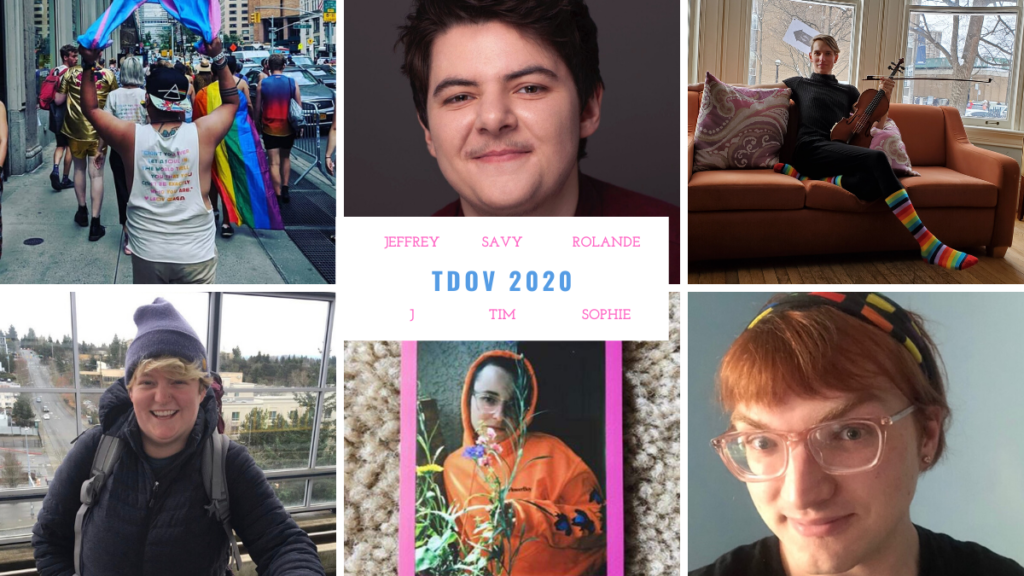Trans and caffeinated was born from the idea that TGNC visibility increases acceptance.
As I planned for the launch of Trans and Caffeinated in early 2019, I thought a lot about my hopes and dreams for the future; What were my personal aspirations for this space? And more broadly, what changes did I hope to see within the trans community and across society as a whole in a year’s time? In five years? In twenty?
I have always been a sucker for quotes, so — like most millennials — I turned to the Wonderful World Wide Web for inspiration. With admittedly very little effort, I landed on a quote that has ultimately guided the vision of this space for nearly a year now, from Janet Mock’s first memoir, Redefining Realness:
I believe that telling our stories, first to ourselves and then to one another and the world, is a revolutionary act. It is an act that can be met with hostility, exclusion, and violence. It can also lead to love, understanding, transcendence, and community. I hope that my being real with you will help empower you to step into who you are and encourage you to share yourself with those around you.
Janet Mock
These words lay the foundation for the mission of Trans and Caffeinated – “to aid our culture’s growth by fostering collective education, encouraging open discussion, and most importantly nurturing and inspiring new generations of my transgender siblings.” My deepest desire is that by telling my story and empowering others to do the same, our visibility will help build a more inclusive, expansive, truly boundless future for transgender folx to come.
I took the chance to interview 6 amazing tgnc folx to celebrate tdov.
Tomorrow is Transgender Day of Visibility — a single day dedicated to celebrating our beautiful community and raising awareness about the ongoing discrimination endured by trans and gender non-conforming folx around the world. While I am a firm believer that we should do that every day of the year — I mean, why else would I have this site? — I like to take this opportunity to reflect on our progress, celebrate our achievements, and further emphasize why our visibility is not only important, but vital.
This TDOV, I took the opportunity to interview six passionate, badass, powerful, inspiring, game-changing TGNC people on why our visibility matters —
- Sophie Kozub (she/her), a transgender digital campaigner from New Jersey. Follow her on Twitter.
- Tim Buns (they/them), a non-binary freelance illustrator and coffee professional based in Chicago, IL. Follow them on Instagram and Twitter (and buy their art!).
- Rolande (Rollie) Edwards (she/her), a transgender violist based in Toronto, CA. Follow her on Instagram.
- Jeffrey Guillermo (he/him), a transgender coffee professional based in Brooklyn, NY. Follow him on Instagram.
- Savy Dunlevy (they/them), a gender non-conforming audio technician based in Brooklyn, NY. Follow them on Instagram.
- J Urban (they/them), a nonbinary public health professional from Minneapolis, MN. Follow them on Instagram and Twitter.
Each of these folks works daily to shine a light on the profound and widespread impact of visibility. (and I command you to follow them right this very second. No, really. Do it now.)
When discussing the influence of transgender visibility over time, I like to visualize a snowball. Creators pack the first snow when they release trans-affirming representation into the world — representation characterized by positive, accurate, diverse, and complex portrayals of trans and gender non-conforming people.
The snowball begins to roll as people consume this representation. Cisgender consumers develop a greater understanding of the TGNC community, which sets them on the path to becoming better allies. Transgender consumers become reassured that it is possible to live happy and fulfilled lives after coming out. The snowball grows larger, more dense.
These folx then have the opportunity to share what they have learned with others — budding cisgender allies help spread affirming messages about TGNC folx, and TGNC folx become more affirmed in their identities, perhaps even becoming the representation that they once craved. The snowball is now a force to be reckoned with, more powerful than any force that could possibly oppose it.
I strongly remember how [Thomas Beatie] was portrayed as an oddity or freak of nature.
For many trans and gender non-conforming people, a personal journey begins the very first time they see an out TGNC person. In our hyper-connected age of technology and media, young folks often feel that first moment of recognition in the comfort of their own homes, sitting in front of a screen or thumbing through a magazine (do they still make magazines?). That first connection — that moment when a young person who may be struggling to make sense of their gender sees for the very first time that is valid or even possible to be trans or gender non-conforming — is often profoundly formative.
Representation and visibility have improved over time, but they are still not perfect.
Unfortunately, representation of TGNC people is frequently problematic, when available at all. Sophie Kozub recalls the first time she saw a transgender person represented in media. When Kozub was twelve, Thomas Beatie made headlines across the country as “The First Pregnant Man,” triggering a national dialogue about trans identities. “The representation felt very negative, to no fault of Beatie.” Kozub begins. “I strongly remember how he was portrayed as an oddity or freak of nature… A moment of joy in a trans person’s life was portrayed as curiosity at best, as abomination at worst”
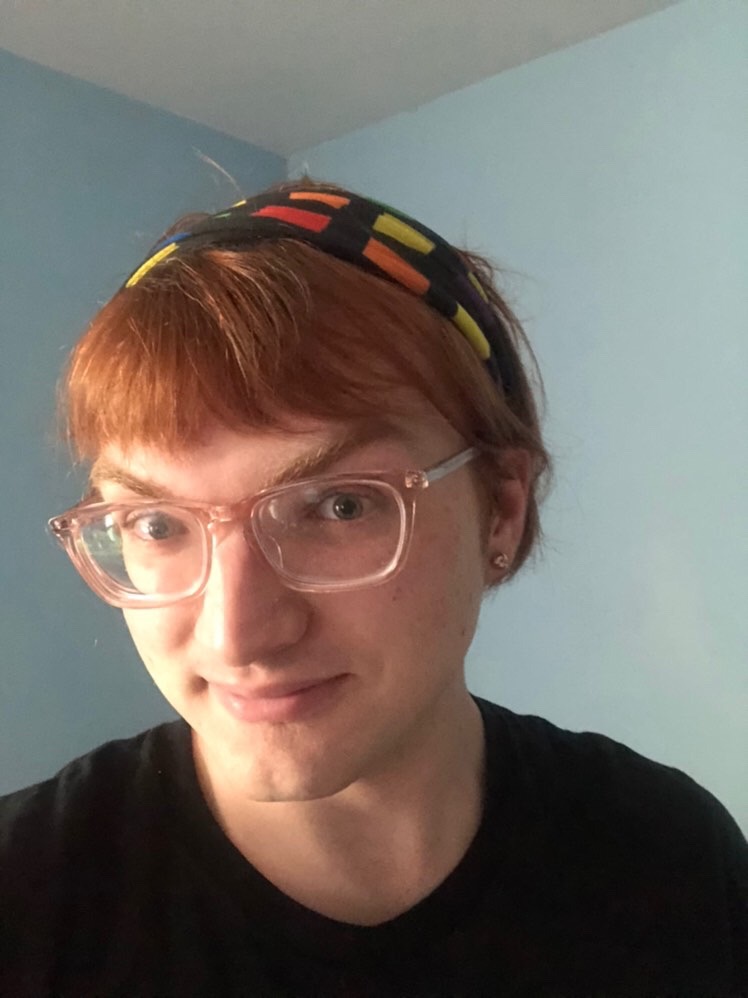
As a society, we are hugely dependent on media to help us understand and react to the world. For cisgender and TGNC children alike, messages we receive from media are often just as pivotal to our identity formation as those we receive from trusted adults. Therefore, misrepresentation and irresponsible storytelling about trans identities can be immensely harmful to a young transgender person grappling with their identity. Not only does it reinforce our own fears and concerns about being gender non-conforming, but it can also negatively influence the way cisgender people in our lives respond when we come out.
Casting cisgender actors to portray transgender characters reinforces the egregiously dangerous notion that we are ‘actually just cisgender folks playing dress-up’
Beyond the persistent shortcomings of news reporting, television and Hollywood also leave much to be desired in the way of trans representation. Most glaringly, cisgender actors are still routinely cast to portray transgender characters, a metaphorical slap in the face to the many immensely talented transgender actors. From Hillary Swank’s 1999 portrayal of Brandon Teena in Boys Don’t Cry to offenses as recent as Eddie Redmayne playing The Danish Girl in 2015, this decision makes a powerful statement about how cisgender creators view the trans community.
It reinforces the egregiously dangerous belief that transgender people are not really the gender we say we are — that we are “actually just cisgender folks playing dress-up” and that being trans is not an identity, but a choice. This precedent is used to justify much of the discrimination against us, from legislation that bars us from using the correct bathroom, to healthcare plans that intentionally exclude gender-affirming care by labelling it as “cosmetic.”
an increasing number of trans creators have emerged since 2013.
Until recently, cisgender people created the vast majority of content we consume, including that which is centered around trans identities. Within the past few years, however, transgender activists and creators have become increasingly outspoken about how immensely harmful this can be, especially when these cisgender folks pay little mind to the messages they are perpetuating. In response, trans voices have become more prominent as we’ve exercised our right to craft our own representation that more accurately reflects our community’s truths.
I would love to see non-binary people getting to portray their non-binary experiences in fictional media.
With its rise in prominence over the past decade, social media has become an incredibly effective tool for elevating affirming representation. By establishing strong and positive presences in online spaces, TGNC creators empower other TGNC folx to embark on personal exploration that often leads us to our truths. By fostering a setting where anybody can be visible, social media creates an avenue by which people of various identities can find representation that resonates with their experiences. This can be especially important for non-binary and gender non-conforming folx, who often experience even greater difficulty finding representation.
To this point, J Urban points out, “while there is sparse representation of binary trans folks in a lot of media, representation of gender non-conforming people is even harder to find.” They emphasize the fact that while it’s encouraging to see non-binary and genderqueer folks cast as transgender characters, they are frequently asked to portray binary transgender people. “I would love to see non-binary people getting to portray their non-binary experiences in fictional media,” they explain.

Urban recognizes the impact of finding more inclusive and positive TGNC representation, even though doing so can be immensely challenging. “Seeing and knowing people in my own life who are TGNC, and seeing folks from afar on social media,” Urban begins, “helps to buoy the joy in my experiences with my gender. Seeing the multitude of ways that we can experience and present our gender gives me excitement for my own exploration in finding what feels right as I search for words to describe my experience.”
social media has become a hub of more diverse tgnc representation.
Trans visibility in social media has had a similar impact on Savy Dunlevy. For them, representation in online spaces affirms the notion that there is more than one way to be trans. Dunlevy acknowledged that although they had seen trans representation on TV, it was not until years later when they found a community of gender non-conforming people on social media that they truly began to unpack their experience of gender. “Suddenly, my life was being pieced together and affirmed wholly by total strangers after an entire puberty that felt disembodied,” they reflect. “Finding a community online… did not only change the way I thought about trans people, but gave me access to them.”

For Sophie Kozub, finding a community online taught her that TGNC people could be anything they dreamed. “[What] has helped me the most,” she explains, “has been finding TGNC people who are politicians, activists, journalists, or are otherwise involved in the same things as I am.”
This recognition is powerful in that it directly addresses a widespread and daunting concern within the transgender community — that being out as transgender will limit our path to success and force us to compromise our dreams. Seeing a transgender person who has broken barriers in a particular field, perhaps even reaching its upper echelons, sets a powerful precedent for transgender people in that field. By paving the way, these folx show future transgender people with similar aspirations that success is possible for them.
This existence of representation that emphasizes a wider, more authentic range of trans experiences helps to assure folx who are exploring their gender that they can lead happy, fulfilling lives regardless of how they identify. “I don’t think I ever saw transness as a thing to suffer about,” reflects Rollie Edwards. “It was always a source of joy, even when I discovered that I was trans.” Similar to Urban, the majority of transgender media that Rollie consumes is created by transgender folx themselves. To Rollie, the media she enjoys “shows the liberation possible when people can access affirming care and communities.”
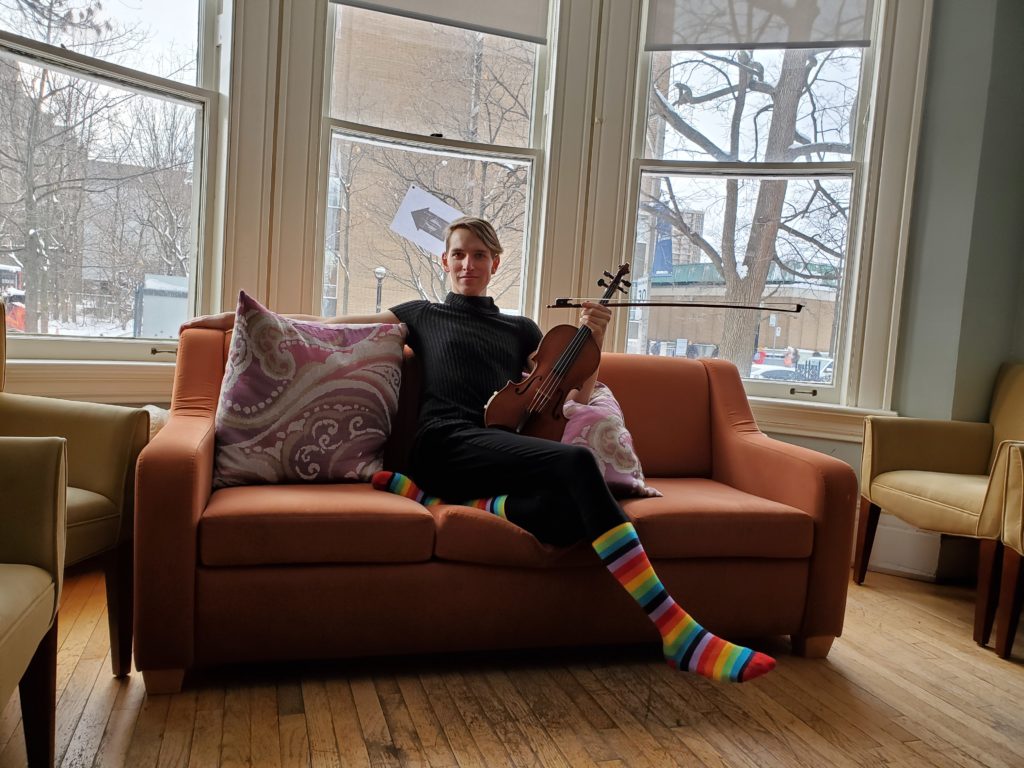
This liberation radiates inward and outward — first transforming one’s personal experience, then empowering and liberating trans folx around them. Tim Buns experienced that journey firsthand, professing that, “visibility as a trans person is one of the most important qualities contributing to my self-care — knowing that I am finally, finally in control of my own gender…gives me a sense of control I never knew I was missing in my life pre-transition.”
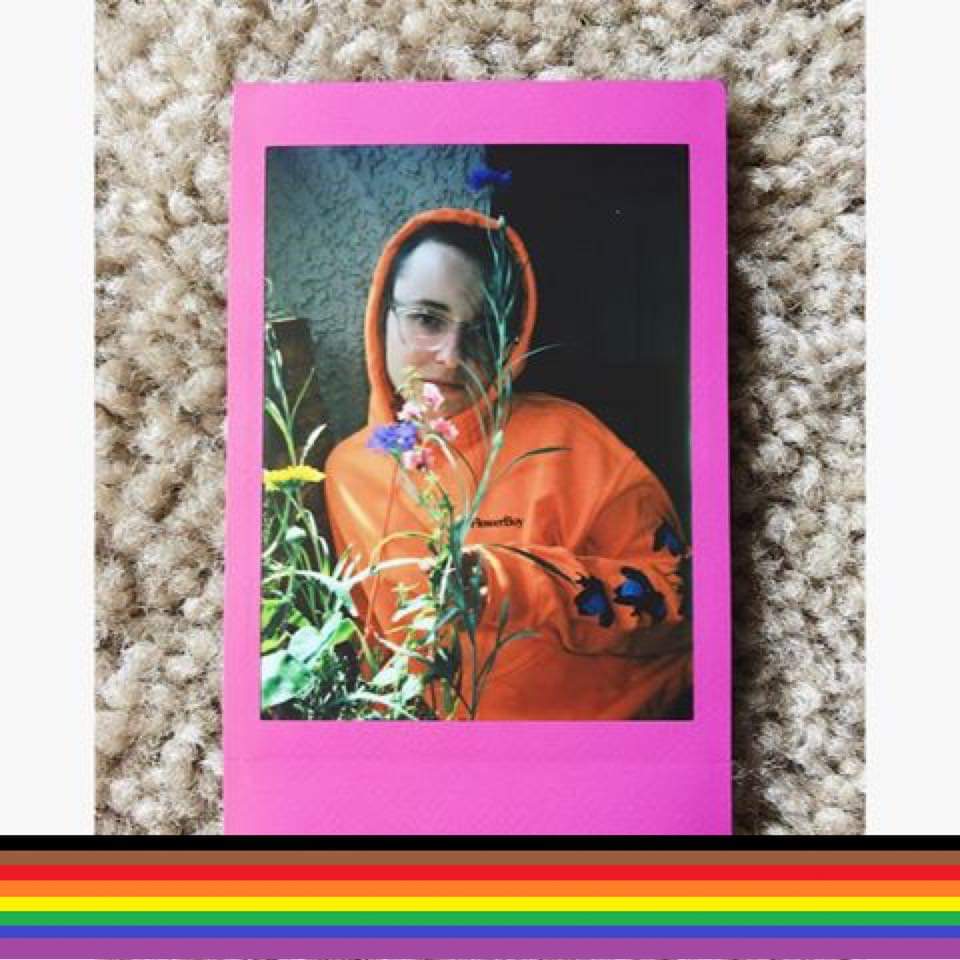
Edwards has already noticed growth in the TGNC community in her school since beginning her transition. “After I came out to my teacher and asked him if he had had any trans students before me, he said no,” she shares. “Then, [he] emphasized that the upcoming freshman class in the conservatory circuit is much more gender diverse than it had been in the past. I have hope for our present and our future as a community.”
After navigating their own transition, Buns’ visibility as a trans person positioned them to help others navigate theirs. “I met a few people who were also struggling with their gender identities and had no one to talk to,” Buns begins. “Together, we found great resources to help them develop into the authentic people they were.” By being a visible transgender person in their lives, Buns empowered others to explore their gender identities further, and went the extra mile by helping guide them to the tools they needed to take the next steps in their gender journeys.
There is nothing more brave nor transformative in the face of anti-trans discrimination than a refusal to be erased.
Urban speaks to this experience as well, asserting that, “Every time I realize and exercise my agency to be visible, I am naming that I deserve to be here, and I speak into existence a group of people who are often made to be or feel invisible.”
we refuse to fade away.
Indeed, there is nothing more brave nor transformative in the face of anti-trans discrimination than a refusal to be erased. Though lawmakers have tried to legislate against our freedom to use the bathroom that aligns with our identity, we have demanded our right to be in those spaces and kept on peeing. Though hospitals have routinely refused to list trans masculine and non-binary folx who have given birth as the “father” on a birth certificate, these folx have demanded policy change while continuing to create new life.
Our visibility in the face of erasure fans the flames of our revolution. As our fire continues to spread, new generations of transgender people come alive before our eyes and new generations of allies are born.
Jeffrey Guillermo has noticed this in action. “Seeing TGNC representation gives me the encouragement to make my presence known and understood,” he remarks. Meeting and connecting with other out trans folx, Jeff continues, “helped me become less insecure about being trans and what it meant.” As Guillermo began to share his story, he noticed a remarkable transformation among cisgender folks in his life. “I impacted them by introducing them to someone who didn’t fit their gender norms. Their empathy and open-mindedness increased after knowing me,” he proudly proclaims.
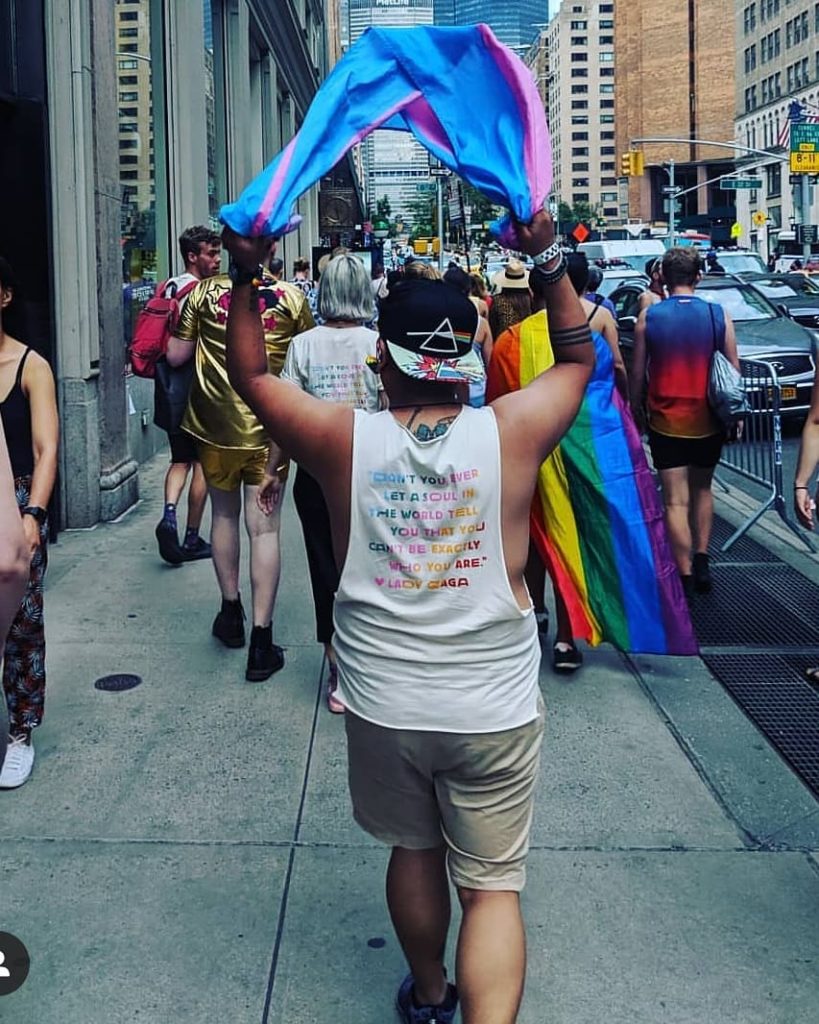
This is often the natural impact of knowing an out, proud, visible transgender person. It is unfortunately easy and common to ignore the experiences of a marginalized community without regularly interacting with a representative of that group. It is much more difficult to do so after coming to care about someone who is a part of that community, especially when that individual is outspoken about their experiences.
As the TGNC community grows and becomes increasingly outspoken and visible, our influence will continue to spread beyond the parameters of our own community; the louder and more visible we are, the harder we are to ignore. “I want people who are not trans or gender non-conforming to need to reckon with their feelings about TGNC folks,” explains Urban. “My hope is that my visibility pushes this forward.”
I hope that young trans and gender non-conforming people will no longer have to worry that coming out will force them to compromise their dreams.
Edwards agrees wholeheartedly, commenting that, “The ‘chutzpah’ it takes to be out has taught me how to effectively stand up for myself and show others how to make a kinder, gentler, and more understanding world.”
That is the dream; that through our continued visibility, through our adamant refusal to be erased, ignored, swept aside or forgotten, society will be forced to reckon with their feelings about our community. As they continue to see us thrive, I hope that cis folks develop greater compassion and learn how to be better allies. As empathy and understanding spread, I hope that young trans and gender non-conforming people will no longer have to worry that coming out will force them to compromise their dreams.
I hope that we one day won’t even need a Transgender Day of Visibility — that instead, TGNC folx feel empowered to be proudly visible every day of the year without fear of discrimination, rejection, harassment, denial, fetishization, gatekeeping, nor erasure. I long for the day that we can just be ourselves — our powerful, inspiring, courageous, out, proud, visible, unapologetically trans and gender non-conforming selves.
When that day comes, maybe this blog won’t be necessary anymore (Goodness, how would I spend all my free time?!) Until then, we continue to fight.
Happy TDOV, everyone.
To a transer future,
Arielle Rebekah

